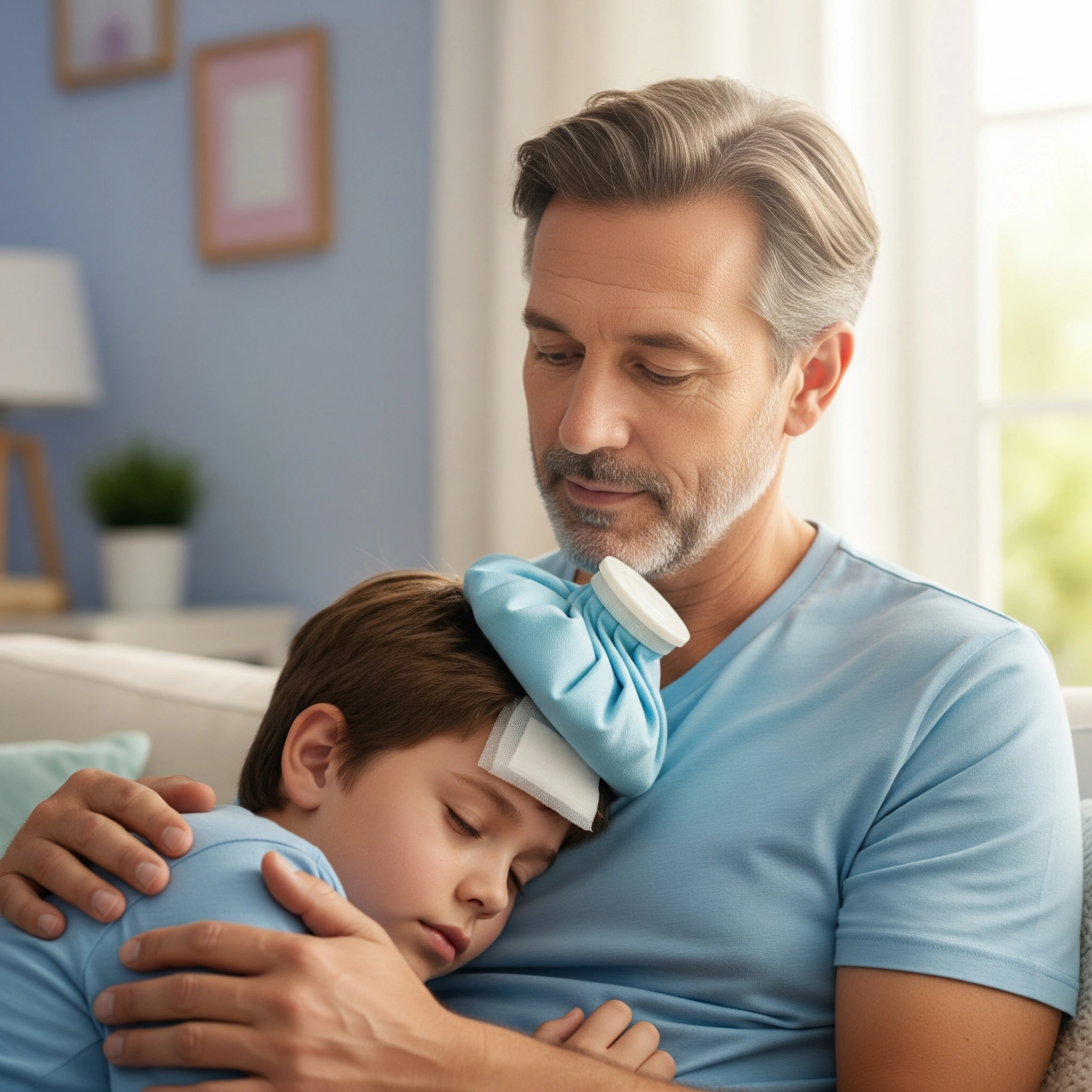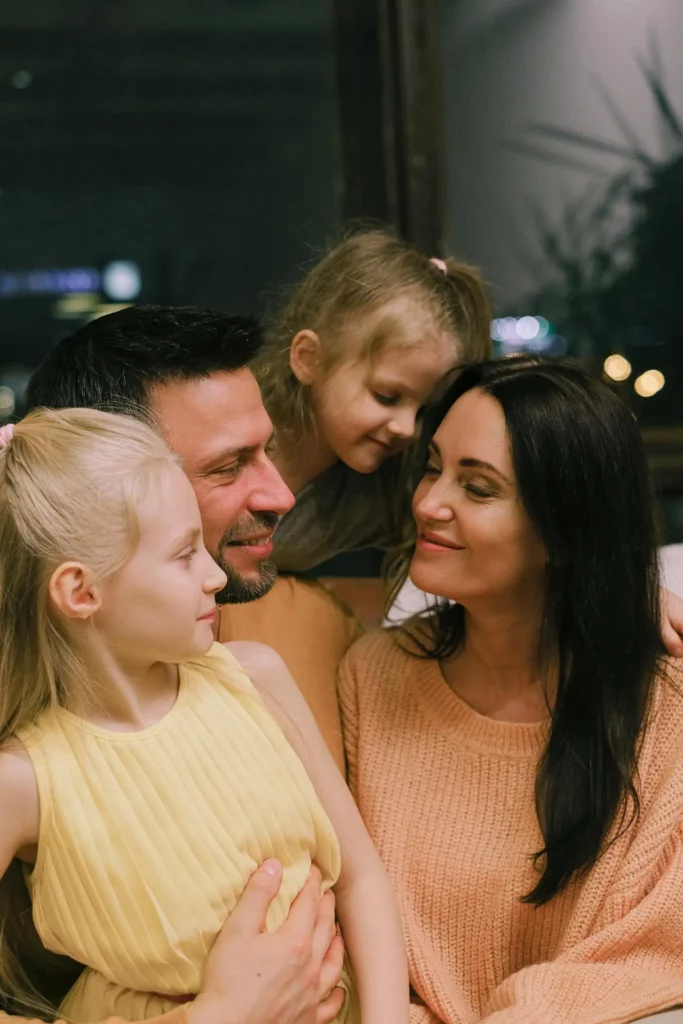When Bumps and Bruises Need Extra Attention: Understanding Post-Concussion Syndrome in Children
Summer brings endless opportunities for children to explore, play, and engage in outdoor activities. From swimming and biking to sports and playground adventures, these activities foster growth, development, and cherished memories.
However, amid the fun and excitement, bumps, bruises, and occasional falls are inevitable parts of childhood exploration. While most minor injuries heal quickly with little intervention, head injuries deserve special attention. Post-concussion syndrome (PCS) in children is a condition that can develop following a concussion, and recognizing its signs early can make a significant difference in recovery.
Understanding Post-Concussion Syndrome
A concussion occurs when a bump, blow, or jolt to the head causes the brain to move rapidly within the skull. Many parents don’t realize that concussions don’t always involve loss of consciousness. Children can sustain mild concussions from seemingly minor incidents during everyday play.
While most children recover from concussions within a few weeks, some experience persistent symptoms lasting months or even longer—a condition known as post-concussion syndrome.
Recognizing the Signs and Symptoms
Post-concussion symptoms can be physical, cognitive, emotional, or sleep-related:
Physical symptoms:
- Headaches or pressure in the head
- Dizziness or balance problems
- Sensitivity to light
- Sensitivity to noise
- Nausea or vomiting
- Fatigue or low energy
Cognitive symptoms:
- Difficulty concentrating or remembering
- Feeling mentally foggy or slowed down
- Confusion or disorientation
- Memory and learning changes
Emotional symptoms:
- Irritability or mood changes
- Anxiety or depression
Sleep-related symptoms:
- Sleeping more or less than usual
- Trouble falling asleep
The Diagnostic Challenge
Diagnosing post-concussion syndrome in children presents unique challenges. Unlike broken bones that show up on X-rays, concussions don’t appear on standard imaging tests. Additionally, young children may struggle to articulate their symptoms clearly.
The invisible nature of concussions makes diagnosis particularly challenging. Another complicating factor is that symptoms can be delayed, sometimes appearing days after the injury, when the connection to the original incident might not be obvious to parents or caregivers.
At KidLink, we use comprehensive cerebellar testing, vision screenings, and executive function assessments to help evaluate functional changes after concussions and design treatment to facilitate faster recovery.
Research-Backed Home Strategies
While professional medical care is essential for managing post-concussion syndrome, research supports these effective at-home strategies:
1. Regulated Return to Activity
Recent research published in the Journal of Pediatrics shows that complete rest for extended periods may actually prolong recovery. Instead, after an initial 24–48 hour rest period, a gradual, structured return to non-risky activities helps the brain heal more effectively.
We recommend a step-by-step approach to rehabilitation. Start with light movement activities like walking for short periods, then gradually increase duration and complexity as symptoms allow. Avoid screens and excessively bright lights if possible.
2. Sleep Hygiene and Routine
A 2022 study in the Journal of Neurotrauma demonstrated that quality sleep significantly improves concussion recovery rates in children. Establishing consistent sleep schedules, creating a calm bedtime routine, and limiting screen time before bed can dramatically improve recovery outcomes.
If your child has experienced a head injury, don’t hesitate to reach out to us for a free 15-minute consultation. Early intervention leads to better outcomes and can prevent long-term complications.
For more information or to schedule an appointment, contact KidLink Therapy Clinic at (781) 861-0695 or visit www.kidlinktherapy.com.

